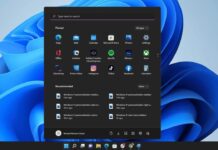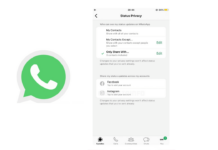The upcoming form of Google Glass wearable may be created without a screen, separating it from the first Glass eyewear-mounted gadgets that have furnished to its clients with a small screen size where they could see writing, substance and the sky is the limit from there, inside their casing of perspective.
The sound variants would be gone for game clients and utilize bone conduction, similar to the past rendition of Google Glass.
Two conceivable shows fewer forms of the upcoming era of Google Glass, now called Project Aura, would depend on sound. At the same time, another rendition for undertakings would even now incorporate a presentation.
In September, reports said that Google had redone and renamed its Glass system Project Aura to concentrate on creating savvy eyeglasses and other related wearable innovations.
The New Google Glass Version May Not Screen
Venture Aura seems to have been propelled in June, around six months after Google declared its choice to drop the creation of Glass. Around then, the organization had recommended that the break would be makeshift while it took a shot at new and better forms of its smart glass innovation.
Google likewise reported, at the time, that it was pulling Google Glass from its semi-mystery Project X division and making it a stand-alone unit inside the organization.
Google Glass has been a theme of discussion among techies since the first form (envisioned) flaunted at the June 2012 Google I/O engineers meeting.
The primary beta Google Glass units started sending in April 2013 to designers who joined to purchase a set at the Google I/O occasion for $1,500 for testing and improvement. Every Google Glass gadget of the original included movable nose cushions and a high determination show that Google said is what might as well be called a 25-creep superior quality screen from 8 feet away.
The first Google Glass was an advanced eyewear-mounted PC that furnished its wearer with heads-up data, notices, photograph and video capacities, and significantly more.
Google, in the end, dispatched beta Glass units to any clients who needed to purchase the gadgets for $1,500 through a Google Glass Explorer program that meant to accumulate more information and involvement with such gadgets from a bigger pool of beta clients.
Google said in January that it was not killing off the task, but rather needed to set aside more opportunity to take a shot at the idea and maybe acquire back another structure after what adds up to an indefinite break.
The glasses additionally included an inherent camera that takes 5-megapixel photographs and video at 720p. The sound was conveyed to wearers through their bones, utilizing bone-conduction transducers.



